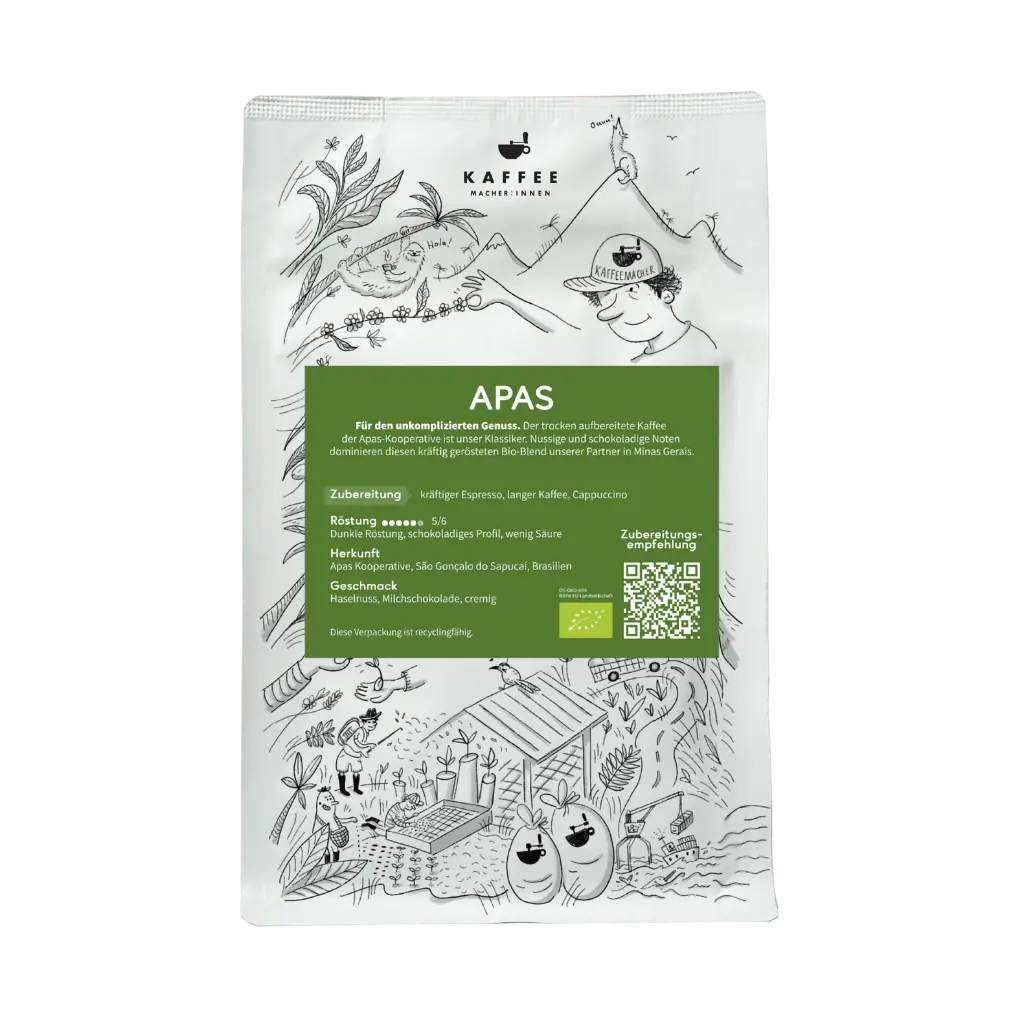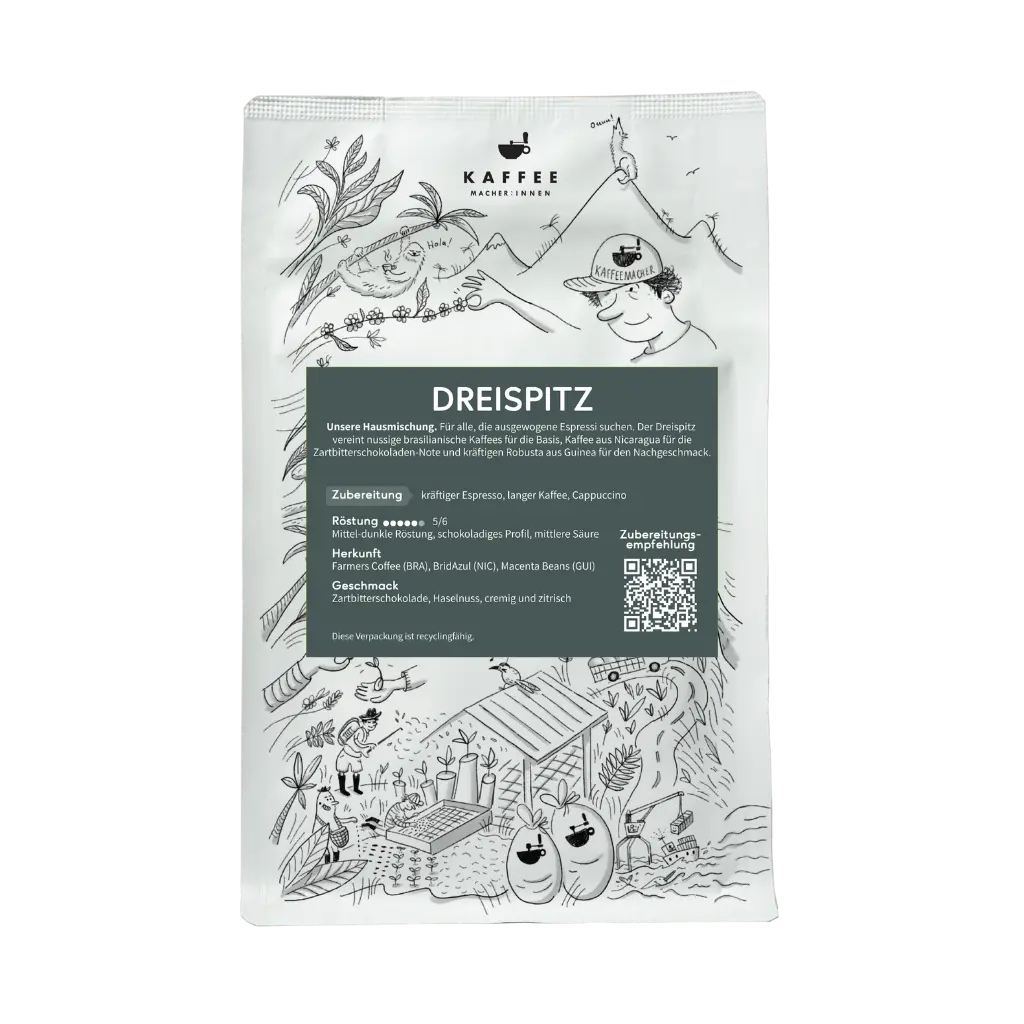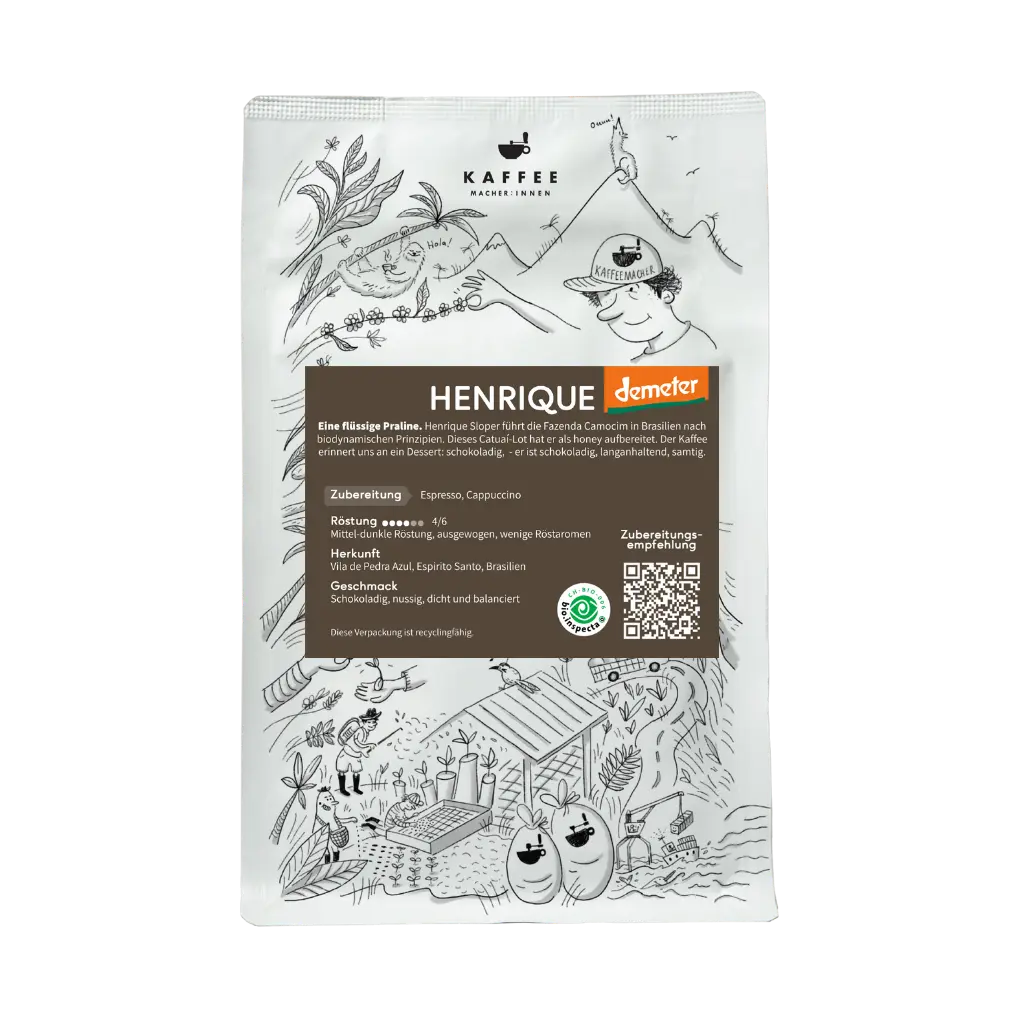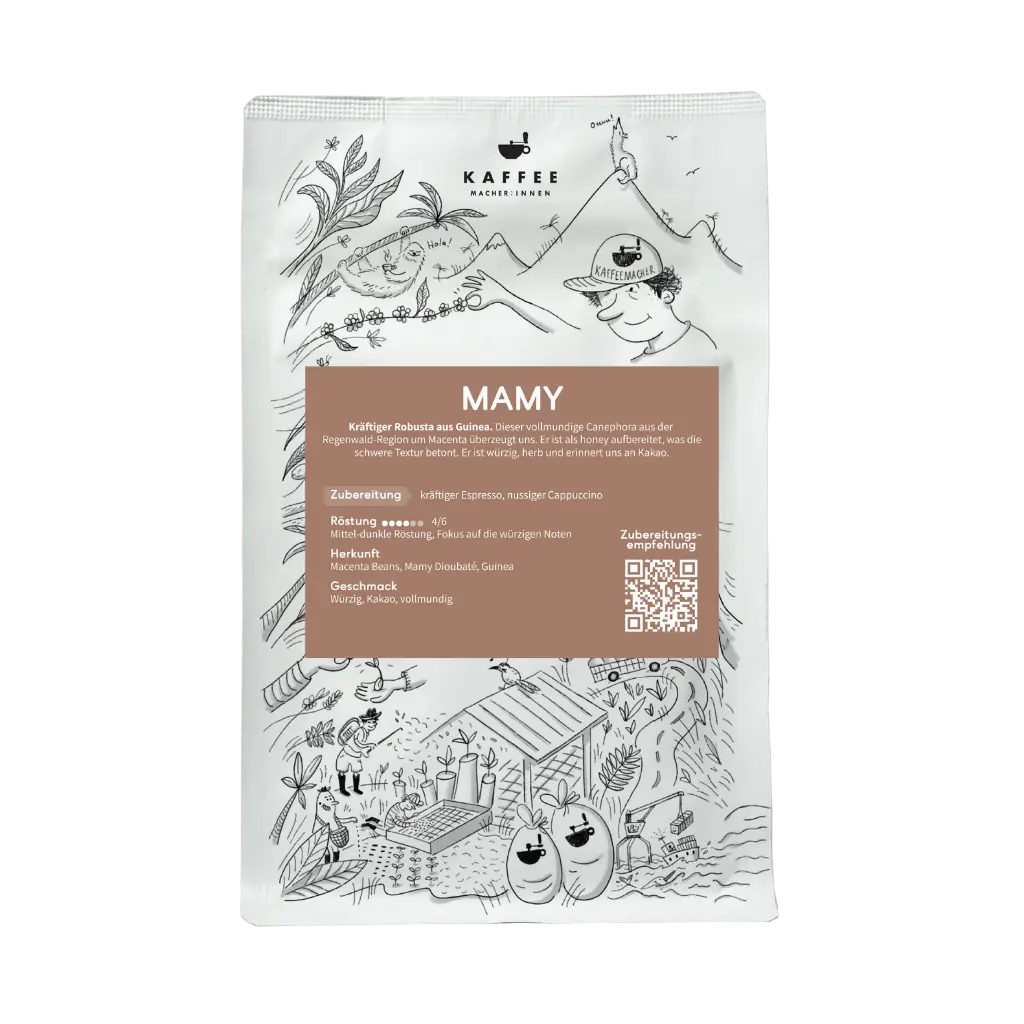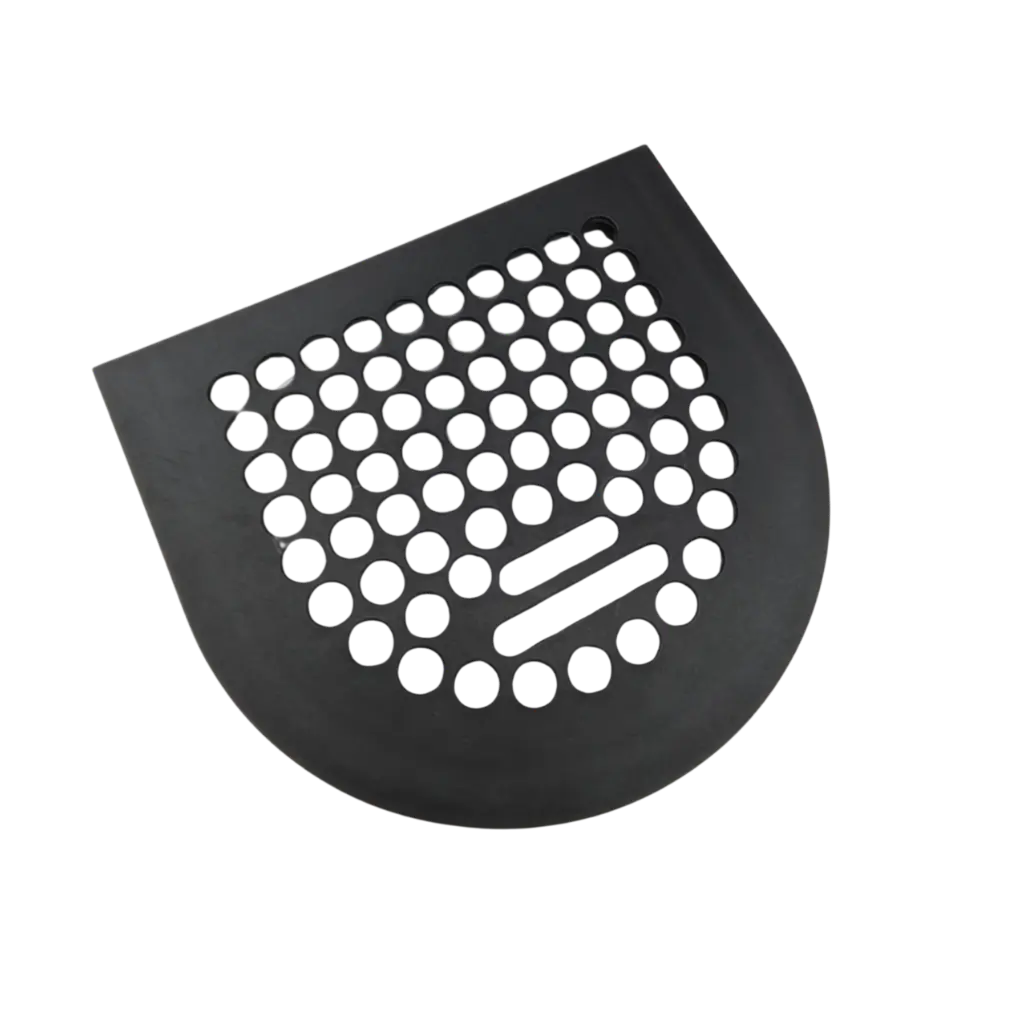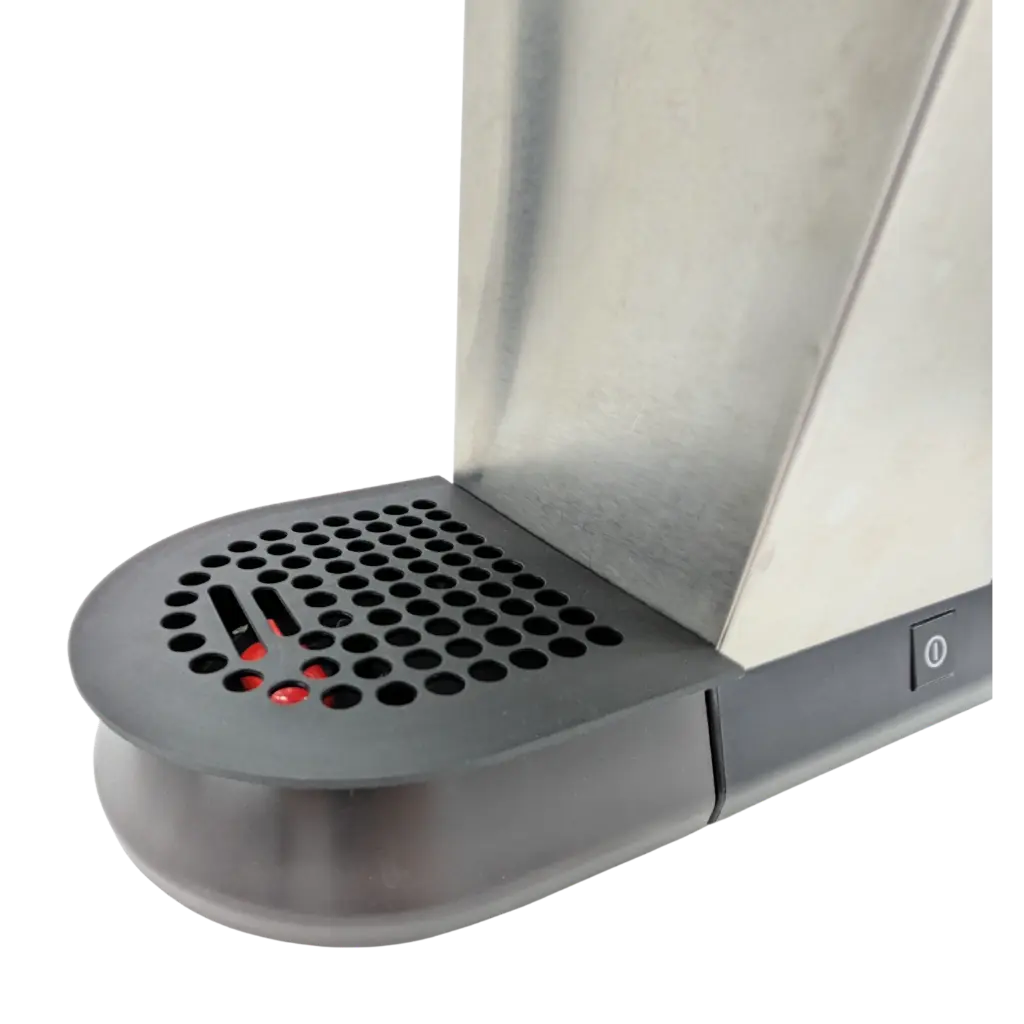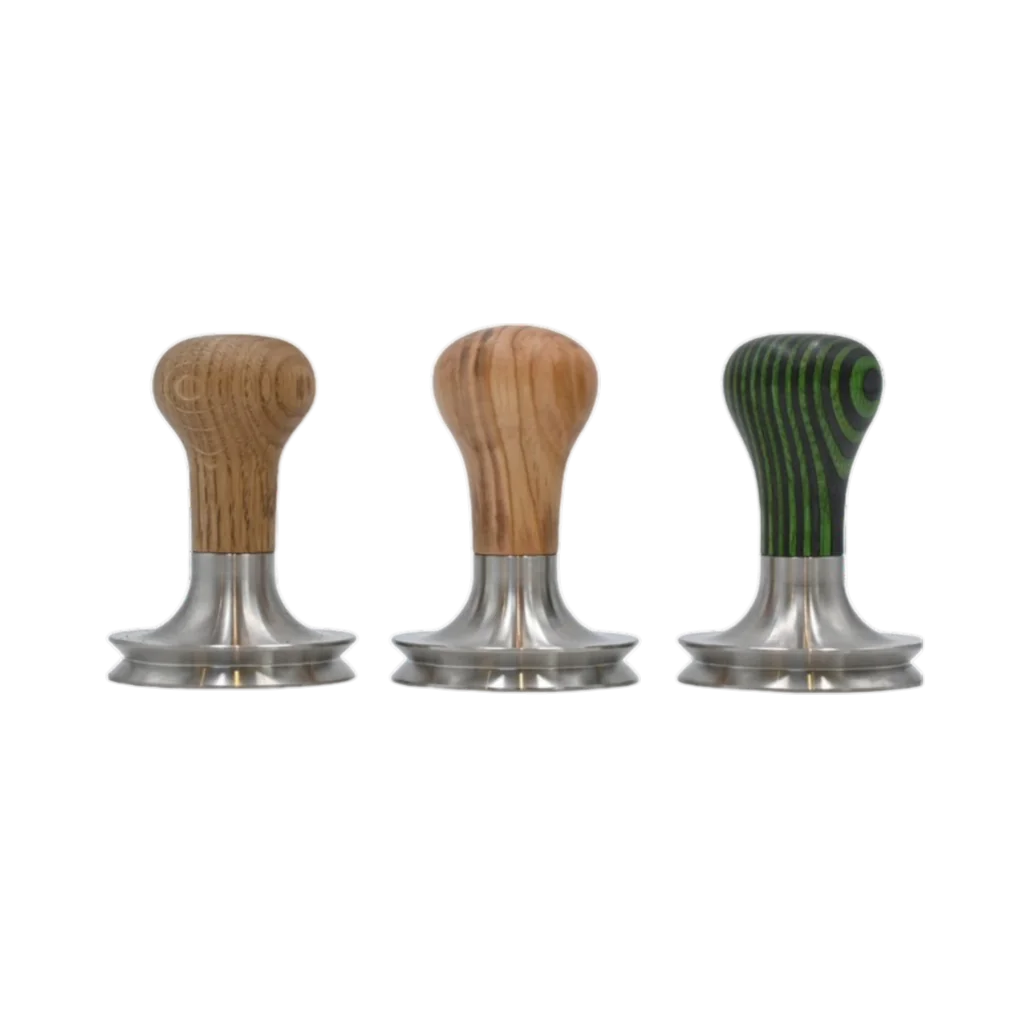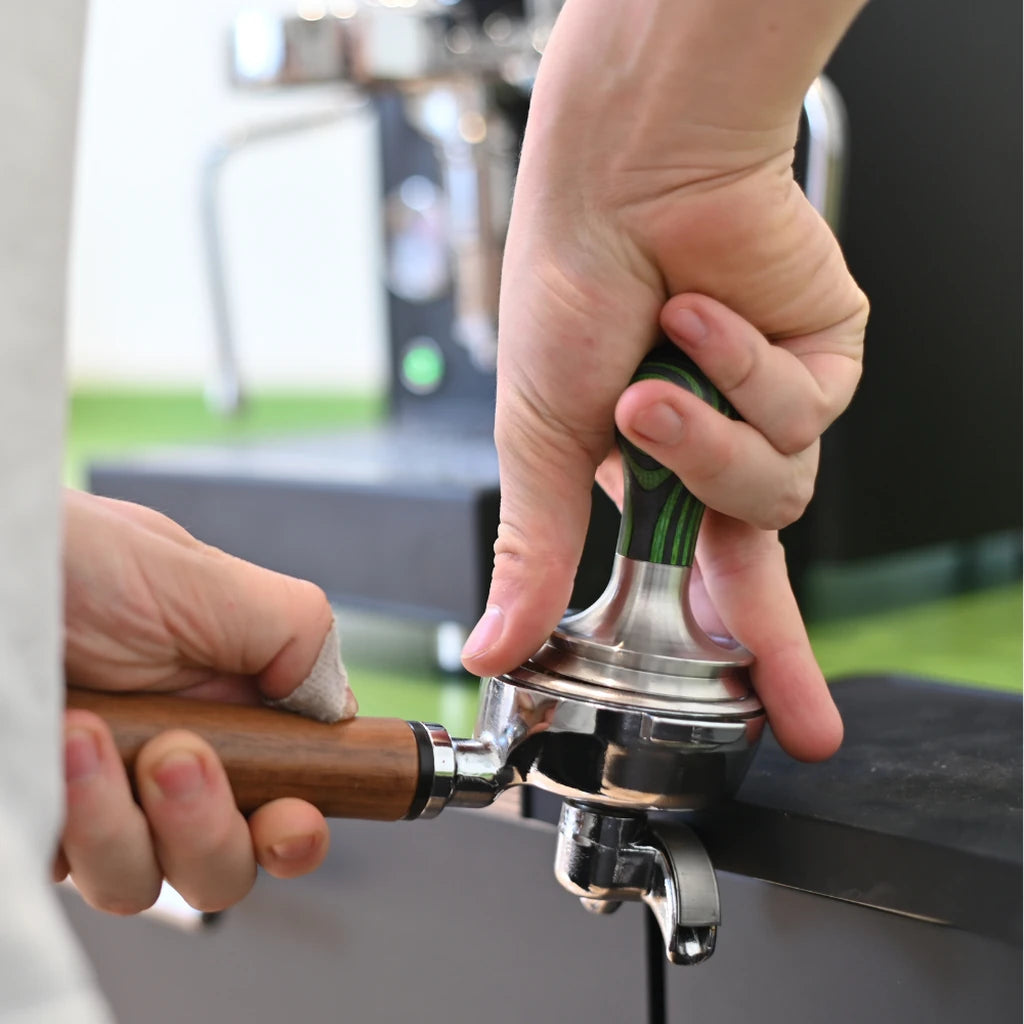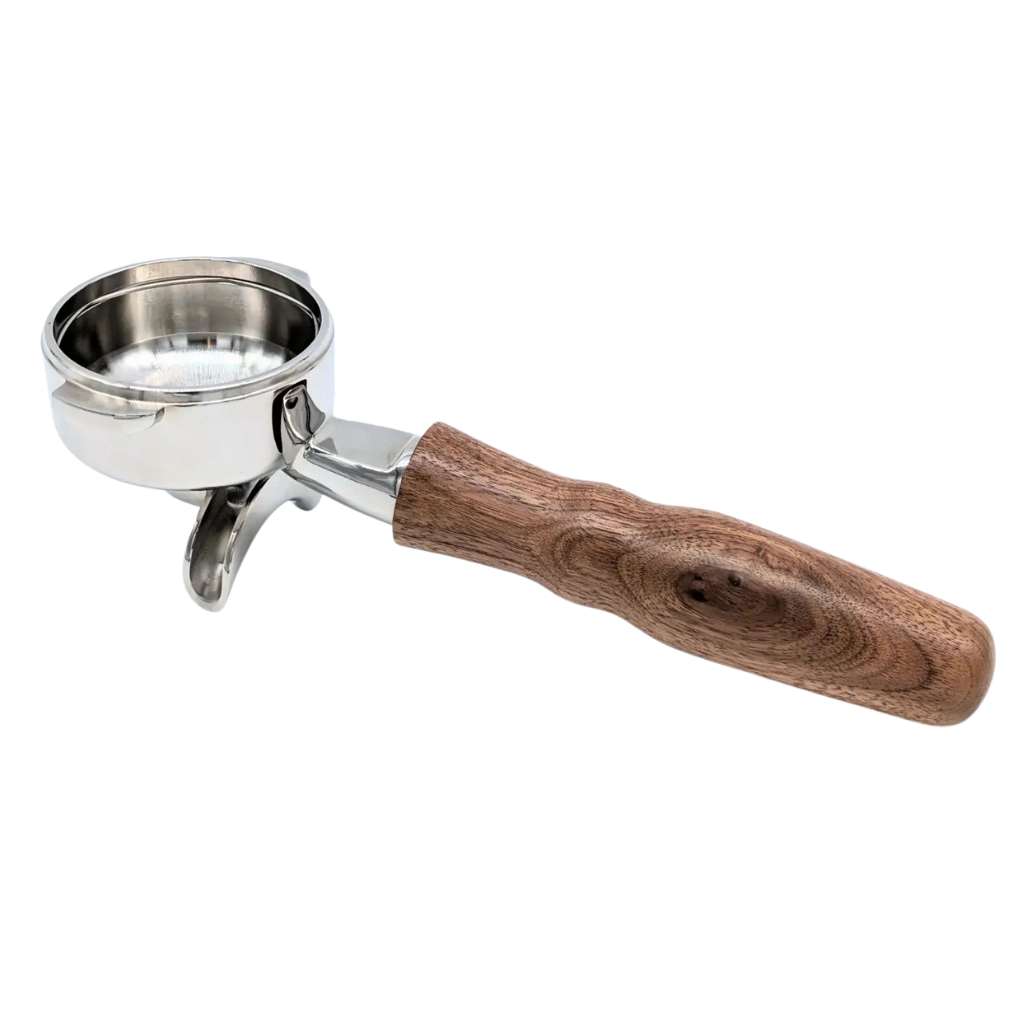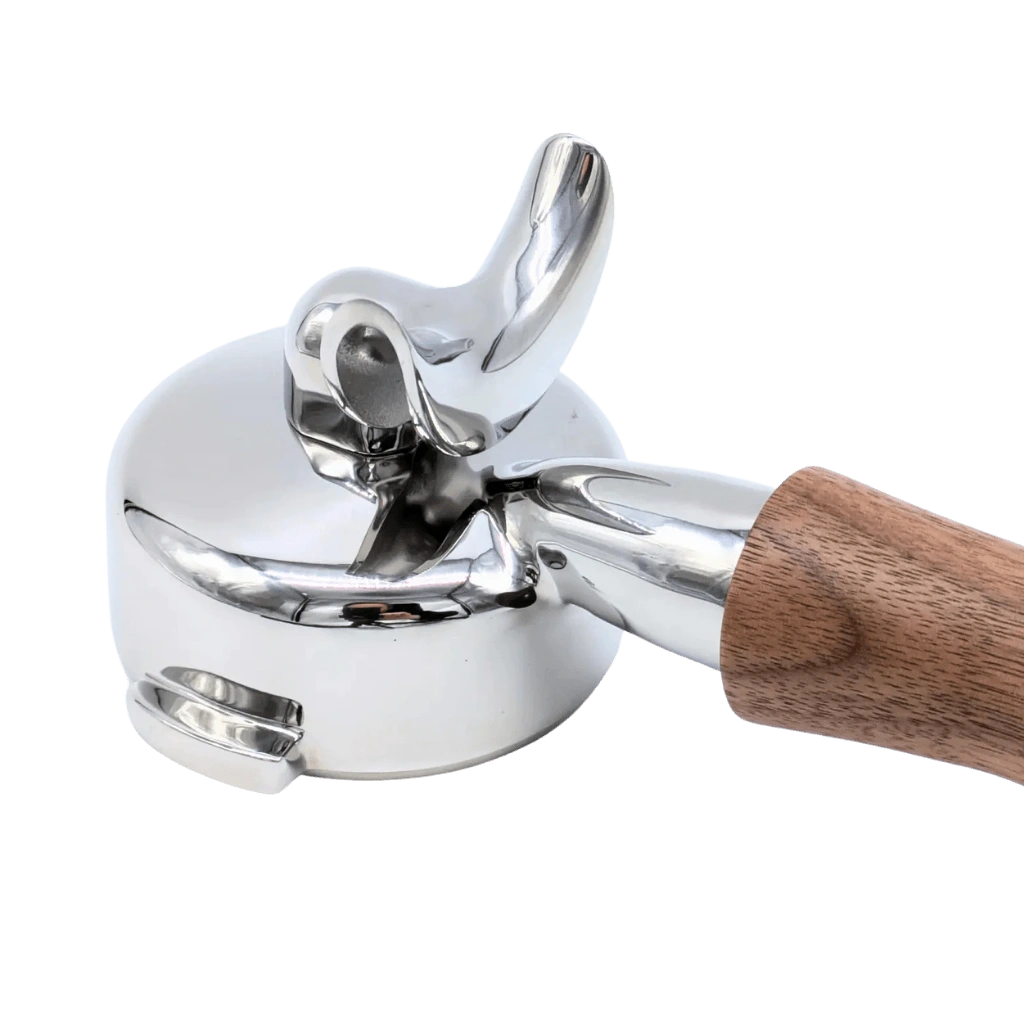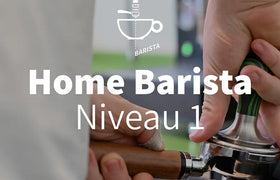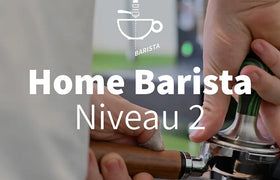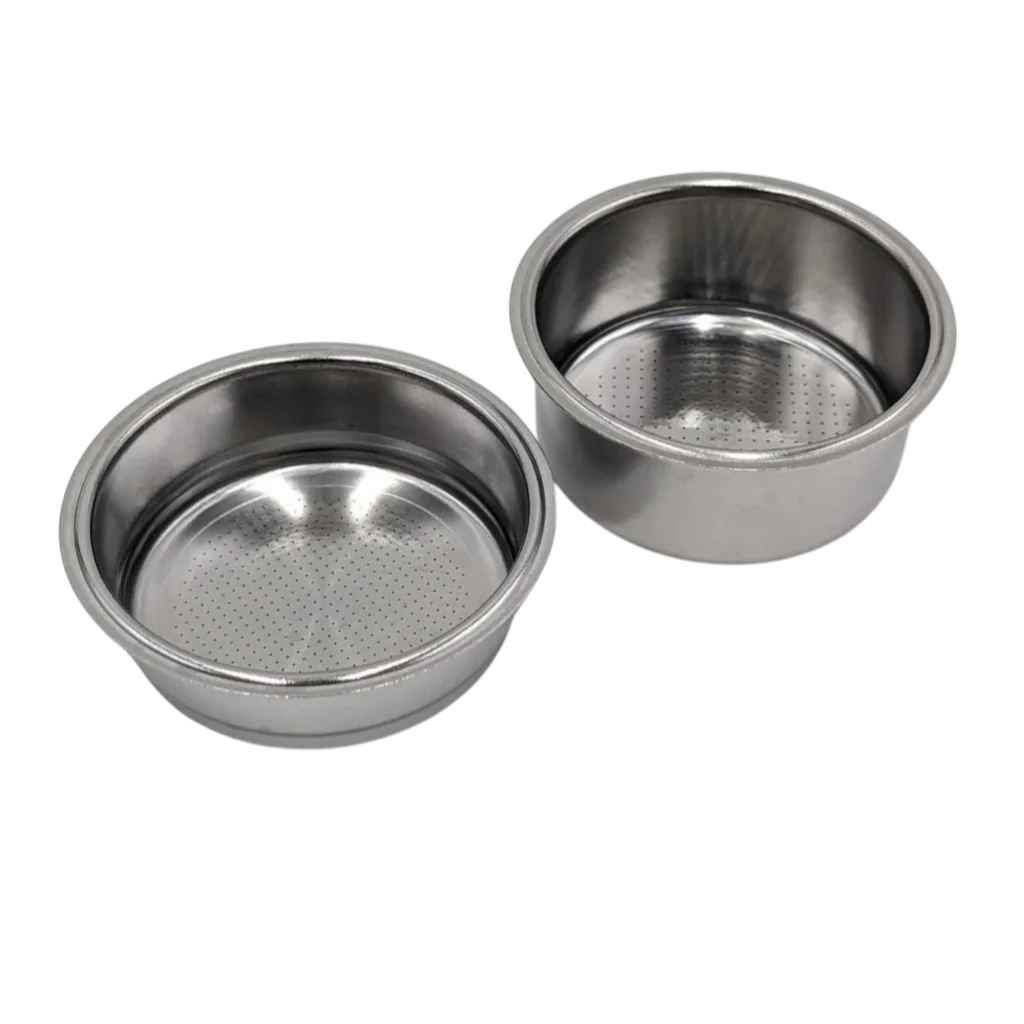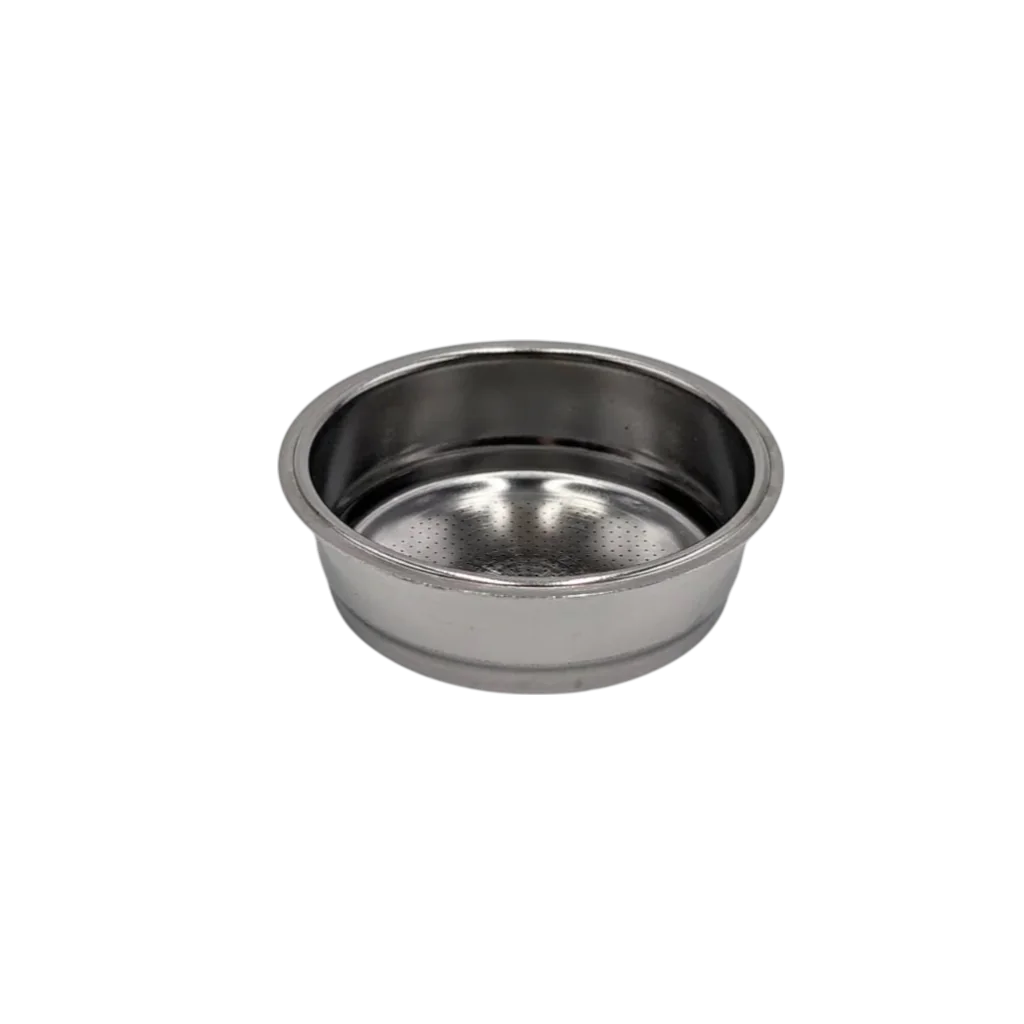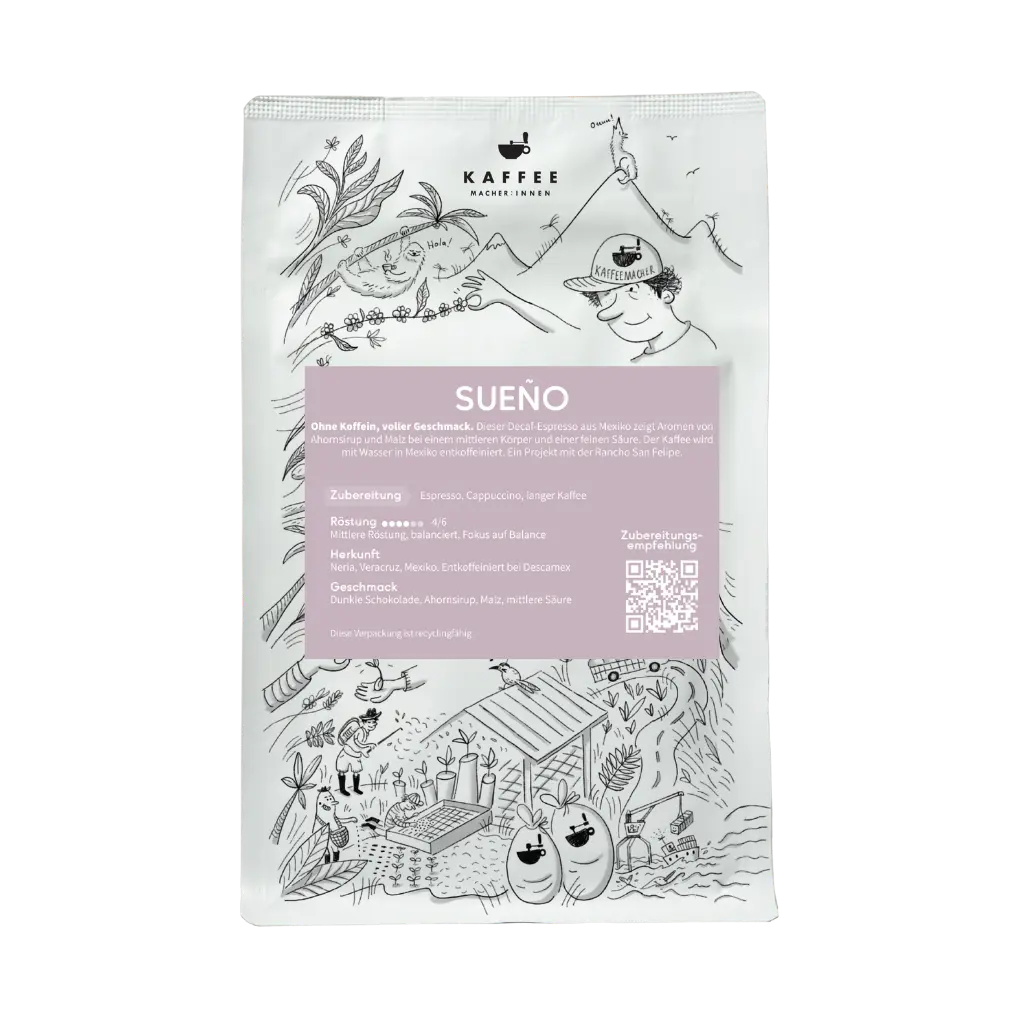

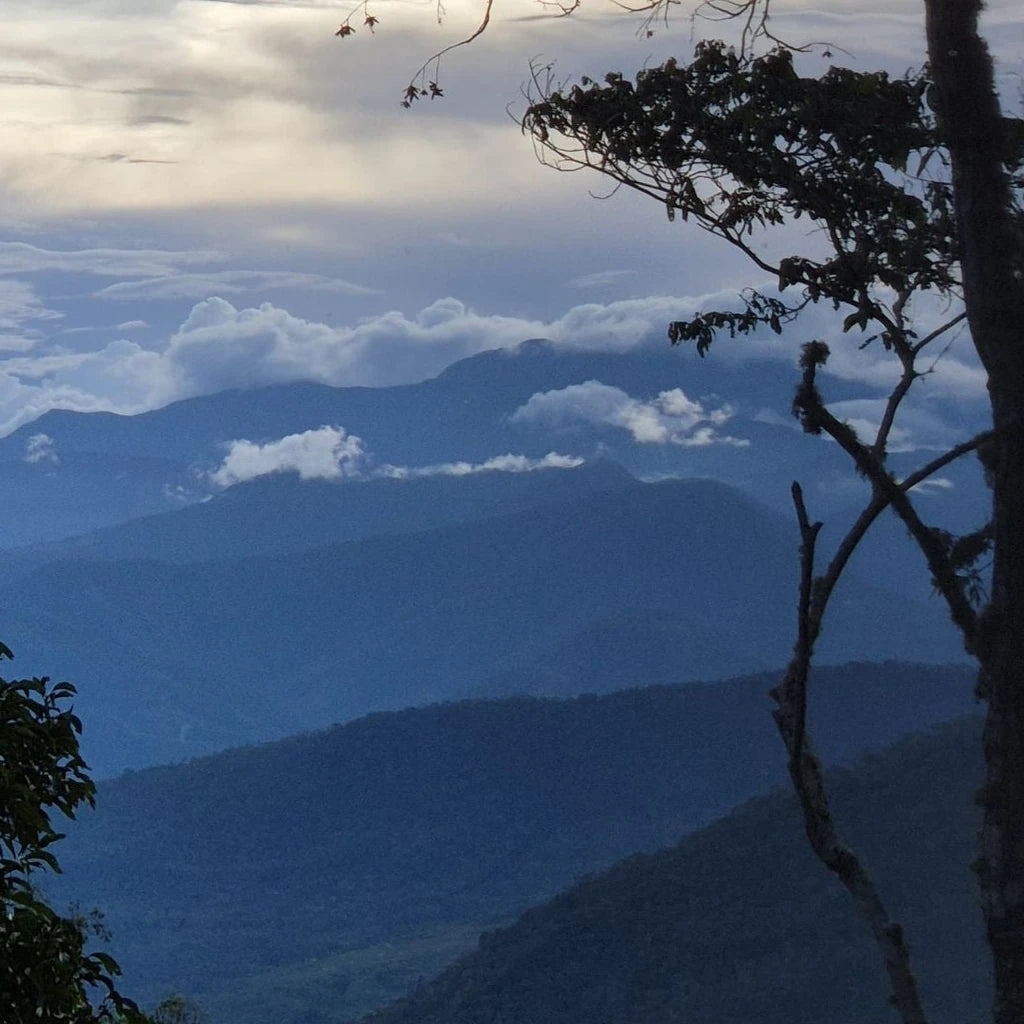
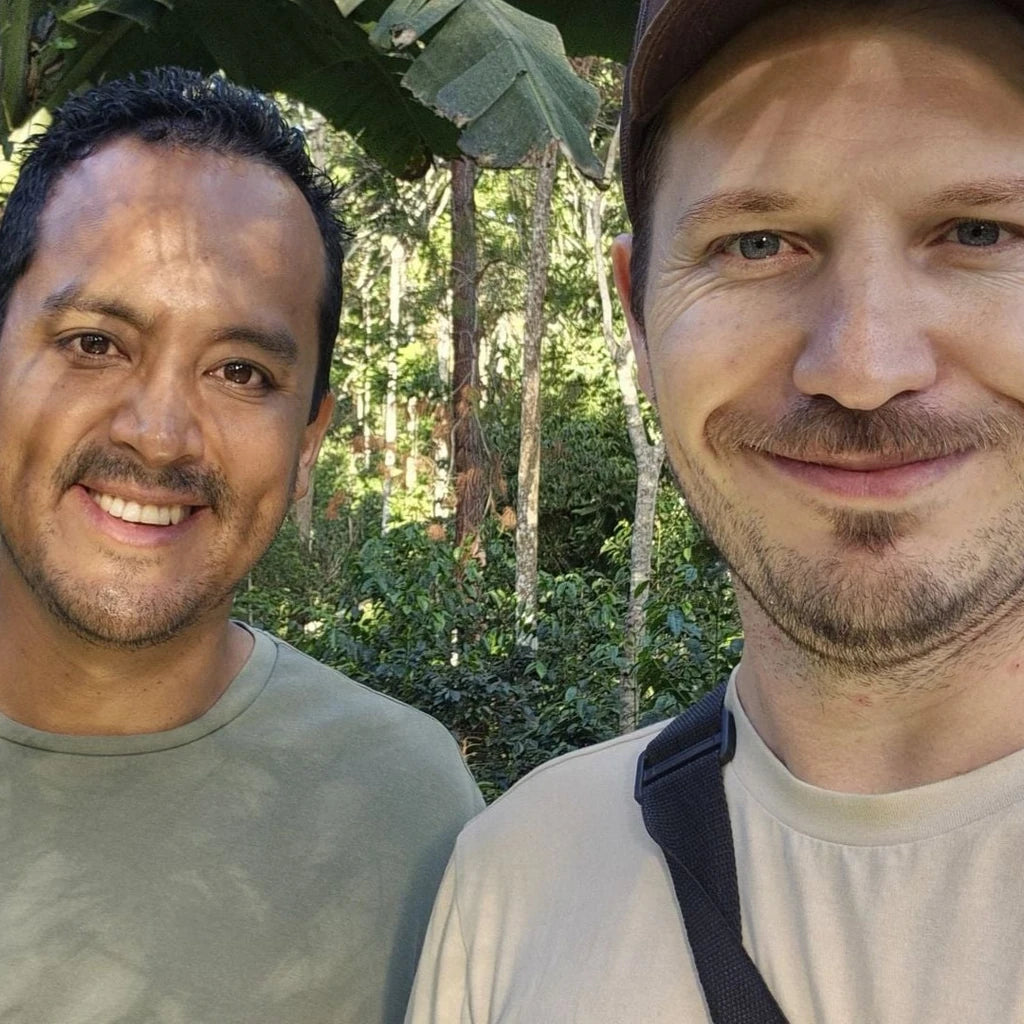

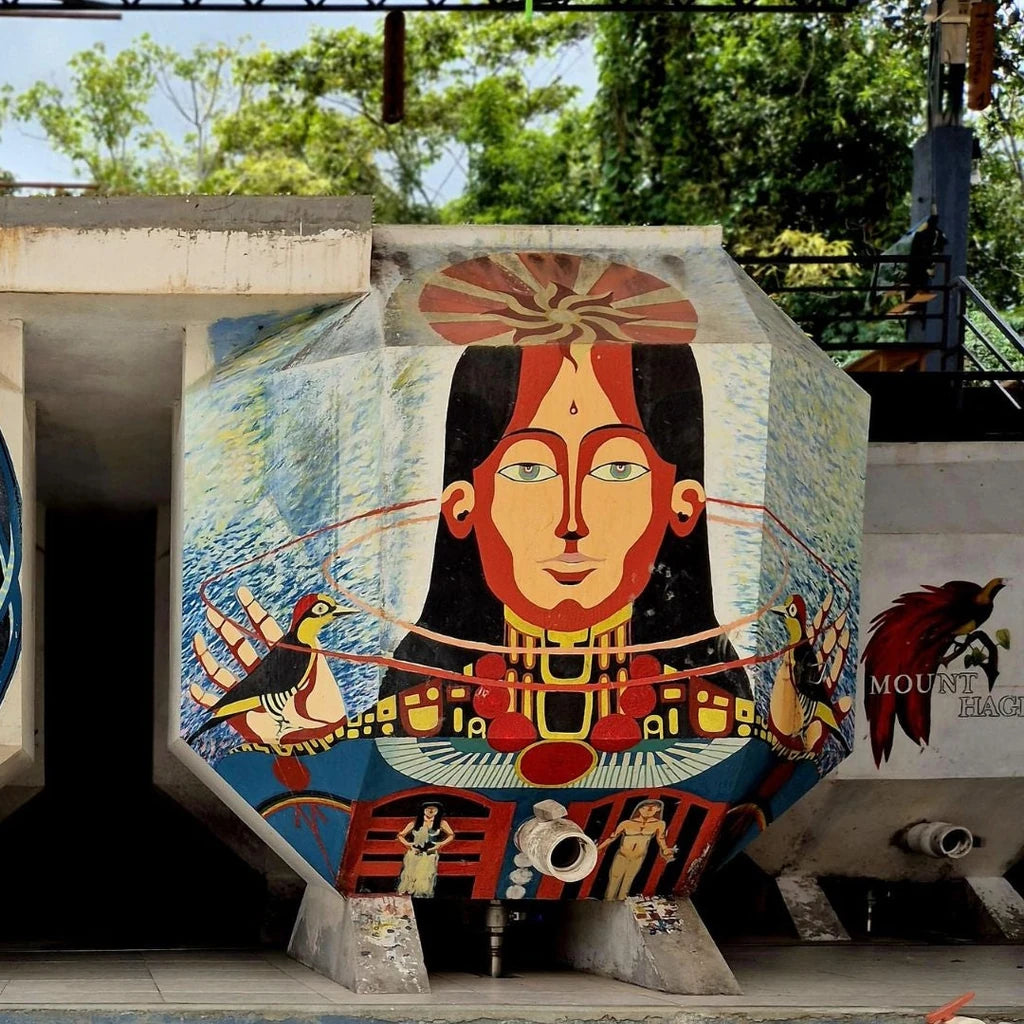
César, espresso from Peru


César, espresso from Peru
A tropically fruity, yet deeply chocolatey espresso. César's coffee strives for everything and can do it all. He continues his father's farm, constantly innovating and trying new things. Not far from Villa Rica, he and his team produce coffees in perfect harmony with nature.
César - Green Coffee Information
Flavor: Papaya, cherries, raisins
Origin of the beans: Palomar, Chanchamayo, Peru
Producer: César Marin, Chacra d'Dago
Arabica - Variety: Catigua
Post-harvest process: fermented for five days in concrete tanks, then dried in the cherry on drying beds
All our coffees are sold as whole beans.
This is how our David would prepare the César
Our David developed and optimized the recipe with the following equipment:
Water : total hardness 5 °dH, alkalinity 3 °dH
Mill: Niche Zero
Grind: 18.5
Espresso machine: San Remo You, vibration pump profile
Sieve: KM professional sieve (24mm, with 20g coffee powder)
Age of roasting: 14 days

Why does César coffee taste the way it does?
Last year, César fermented the coffee cherries for the first time in new fermentation tanks. He drew inspiration from the wine industry. The tanks are easy to clean, and their octagonal shape ensures kinetics—that is, movement—are not slowed down. This allows César to experience greater uniformity in his long fermentations. The extended fermentation gives the coffee a dark, chocolatey base. We also taste lighter notes like ripe papaya and cherry, which emerge from the fermentation. A highlight for us is the syrupy texture, which indicates an extremely precisely selected harvest. The acidity is very well integrated into the heavy body.

Tell me more about César
César Marin is a busy man. He now manages the family farm Chacra d'Dago, which not only produces green coffee but also roasts a large amount of coffee for the Peruvian market. Philipp visited Chacra d'Dago in the spring of 2025. Over the past three decades, the Marin family has created a special place where coffee is cultivated using an agroforestry system and where soil health is a top priority. César's father, Dago, began organic production in the late 1990s and later converted to biodynamic agriculture. The farm is brimming with life: The team fertilizes exclusively with home-made compost, they test resistant varieties in the nursery, and in the training rooms, they share their now vast coffee knowledge with associated producers and visitors.

How do we roast this coffee?
We roast the coffee as a 20kg batch on our 30kg Giesen roaster. We start with a soak, meaning no energy is applied, for 30 seconds. Then we increase the energy to 70% and let it stand for 4 minutes before gradually reducing it. After the first crack, we reduce the energy to zero, as the coffee roasts itself almost completely. It develops a lot of energy towards the end, which can be explained by the type of fermentation. After 12:30 minutes and a development time of 14%, we remove the coffee.

Guaranteed origin
We know exactly where our coffee comes from and when and where it was roasted.
Free shipping in Germany from 75€
Personal advice
We are here to help you with any questions or problems.
Fast shipping
Delivery from Germany or Switzerland



